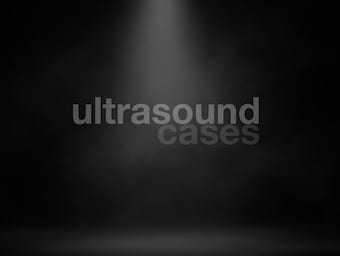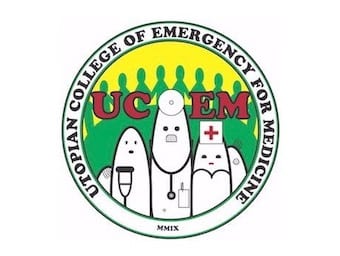
Bedside Echo in Pulmonary Embolism
A 35 year-old female is brought to the emergency department after collapsing in a shopping centre. McConnell sign

A 35 year-old female is brought to the emergency department after collapsing in a shopping centre. McConnell sign

List the possible reasons why a patient with septic shock from infected pancreatitis may have ongoing hypotension despite intravenous fluid therapy, antibiotics and escalating inotrope requirement.

Patient presentes to ED with acute shortnewss of breath post Percutaneous Vertebroplasty (PVP) with cement embolus cardiovascualr curveball

Issue 2 (Vol. 26) of Emergency Medicine Australasia (EMA Journal) for 2014 was published online on 8 April. Editorial overview by Andrew Gosbell & Geoff Hughes
Biography Born 11 October 1594 Died 12 September 1674 Medical Eponyms Pulsatile spleen (lien verberans) also know as Gerhardt sign (1882); Sailer sign (1928) first described by Tulp in 1641 Nothing in medical art is better known than that the…

A 28-year-old male has been involved in a high-speed motor vehicle crash and admitted to your hospital. His initial GCS at the scene was 5 (E2, V2, M1). He has been intubated and has a hard collar in place.

Funtabulously Frivolous Friday Five 172 - Just when you thought your brain could unwind on a Friday, some medical trivia FFFF.

A 36 year old woman presents with sharp left sided chest pain.
What do these clips of her left chest show?

Despite the therapeutic measures a 26 day-old boy with Tetralogy of Fallot has severe hypercyanotic spells and needs Blalock-Tausig shunt

Can contemporary medical economics combat the growing threat of microbes? Have we created sufficient evolutionary pressures that the microbe diseases of yesteryear and the neglected pathogens of today become a threat for us tomorrow?

This special 25th anniversary issue is literally a 'once in a generation' collection of papers all commissioned, collated, edited and accepted by the outgoing Editor-in-Chief Tony Brown.

Funtabulously Frivolous Friday Five 171 - Just when you thought your brain could unwind on a Friday, some medical trivia FFFF.